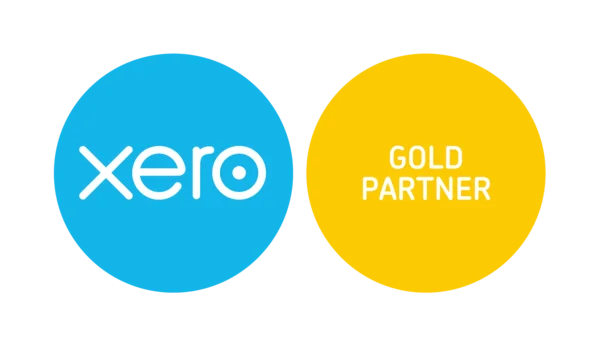Employee vs Contractor – the ATO has its say!

An issue that never seems to go away is determining whether an individual working for a business is engaged as an employee or as an individual contractor. The distinction is very important because a number of tax obligations hinge on the decision.
Recently, the Tax Office has had its say on the issue by releasing two important documents about the topic. These are, Taxation Ruling TR 2023/4 and Practical Compliance Guideline PCG 2023/2.
To be clear, what this article refers to is where an individual works for an organisation in their own right. That is, the individual is not providing their services through an entity they control such as a partnership, trust or company.
PCG 2023/2
The taxation ruling gives the tax theory. Of most importance to business people will be the risk profiling that the ATO requires affected businesses to undertake. This is set out in the Practical Compliance Guideline. This is where the ATO sets out whether it will (or will not) “apply compliance resources” to your business. This is Tax Office “speak” that means whether or not it will investigate your business in relation to this matter.
Any business who engages individuals and treats any of them as independent contractors (not employees) must understand what the ATO says in PCG 2023/2. Unfortunately, the PCG is long and complex, and you will probably need your accountant to explain it to you.
In summary, as the business owner, if you want your arrangements to be in the “very low risk” category, you must do the following in relation to any individual that you want to treat as an independent contractor.
You must:
Have evidence that both you and the engaged person (“the worker”) intended the worker to be classified in the same way, either as an employee or an independent contractor.
Have a “comprehensive written agreement” that governs the entire relationship between you and the worker.
Have evidence to show that both parties understood what the worker’s classification meant, and what the tax and superannuation consequences of that classification would be.
Not have the arrangements significantly deviate from the contractual rights and obligations agreed to by the parties.
Meet all the correct tax and superannuation obligations that arise for the worker’s classification and have made all of the appropriate reports to the ATO concerning this.
Have obtained “specific advice” confirming that the worker’s classification (as an employee or independent contractor) is correct.
Have obtained “specific advice” confirming whether the extended definition of “employee” under the Superannuation Guarantee Administration Act applies to the worker.
You will see that this list is long and complex and many small and medium enterprises will not be complying with these requirements. Individual contractor arrangements are ubiquitous in the Australian economy and many of these individuals are engaged by small businesses. It is imperative that you follow through on the requirements of the PCG.







